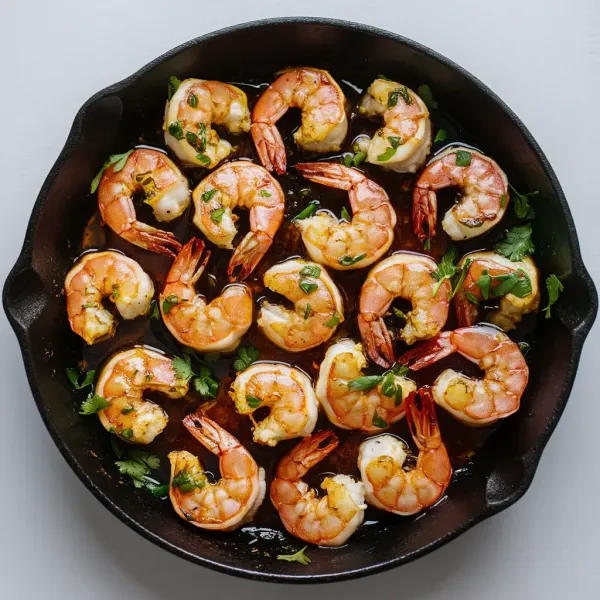
 10 minutes
10 minutesDelicious caramelized shrimp cooked in a skillet, with an optional citrus or chipotle glaze for added flavor.


tablespoons
Extra-large Shrimp, peeled and deveined
0 lb
teaspoons
teaspoons
teaspoons
1. Heat Oil
Heat one tablespoon of vegetable oil in a 12-inch skillet over high heat until it is just smoking. This high heat is crucial as it ensures the shrimp will caramelize quickly without becoming rubbery.
2. Toss Shrimp
While the oil heats, toss the shrimp in a medium bowl with salt, pepper, and sugar. The sugar will help with the caramelization, giving the shrimp a beautiful golden color.
3. Cook First Batch
Once the oil is ready, add half of the shrimp to the skillet in a single layer. Cook for about one minute until they start to develop spotty brown marks and the edges begin to turn pink. Flip the shrimp using tongs and cook for another 30 seconds. Transfer this first batch of shrimp to a large plate or platter.
4. Cook Second Batch
Repeat the process with the remaining tablespoon of oil and the rest of the shrimp, adding them to the skillet in a single layer.
5. Combine and Finish Cooking
Once the second batch has cooked, combine all the shrimp back into the skillet, arranging them in a single layer to ensure even cooking and flavor distribution. Cover the skillet and let the shrimp cook for an additional 1 to 2 minutes. Serve the caramelized shrimp immediately while they are hot and juicy.
A core recipe using shrimp, salt, pepper, olive oil or butter, garlic, red pepper flakes, lemon juice, and parsley.
Swap lemon juice for soy sauce, add sesame oil, hoisin or sweet chili sauce, and garnish with sesame seeds and green onions.
Create a smoky and spicy glaze with chipotle peppers, tomato paste, and brown sugar for the caramelized shrimp.
Glaze the shrimp with a mixture of soy sauce, honey, garlic, and a dash of sesame oil. Garnish with sesame seeds and sliced green onions.
Add a glaze made from orange juice, lemon zest, and honey or brown sugar to the core recipe.
Purchase the best quality shrimp you can find. Look for fresh, wild-caught shrimp if available, or if using frozen, ensure they are properly thawed in the refrigerator overnight and not under running water. Pay attention to size as well – larger shrimp often have a better texture once cooked.
Cook the shrimp in batches if necessary to avoid overcrowding. Each shrimp should touch the pan directly. Overcrowding leads to steaming rather than searing, which means you'll miss out on the caramelization that adds depth to the flavor.
Shrimp cook quickly, often in just a couple of minutes per side. Look for a pink color and slight curling. Overcooking will result in tough, rubbery shrimp.
Before cooking, pat the shrimp dry with paper towels. Moisture is the enemy of caramelization, so you want to remove as much surface moisture as possible to get that beautiful sear.
Serve the shrimp immediately after cooking to savor the texture and warmth. Delaying can cause them to continue cooking in the residual heat, potentially leading to overcooked shrimp.
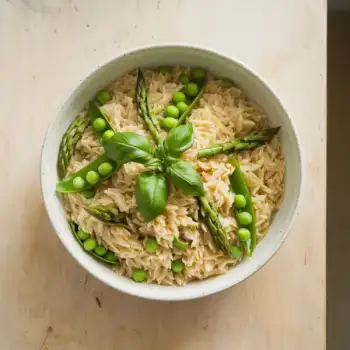
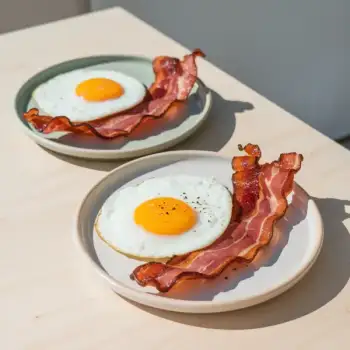
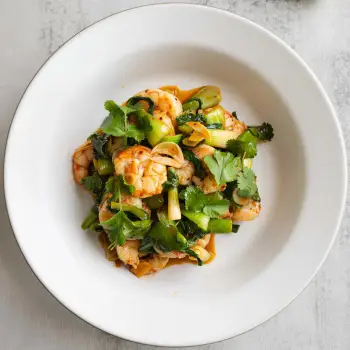
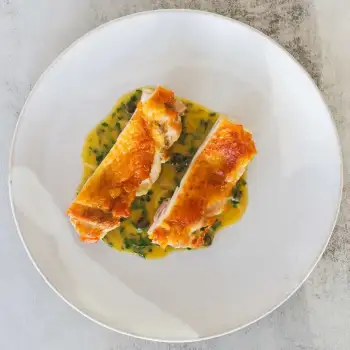
Comments (0)